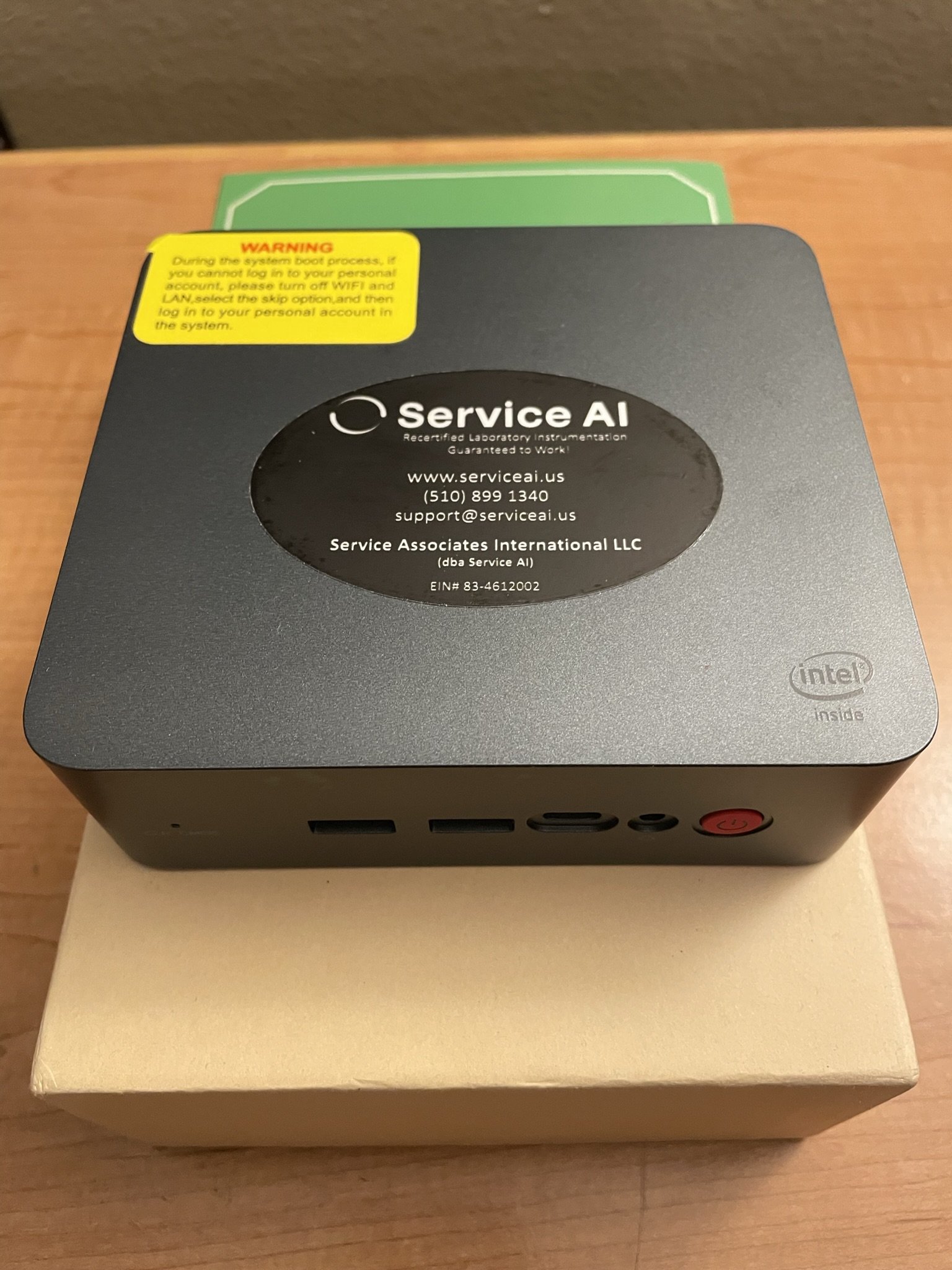During normal operation of a Beckman Coulter ultracentrifuge, the vacuum pump runs first. The diffusion pump fan assembly operates. The oil reservoir heater is activated depending on the vacuum level, heating the oil until it boils. The hot oil vapor is then released through the jet nozzles, expanding as it moves from high to low pressure. As gas molecules (air and water) enter the diffusion pump inlet, they collide with the heavy oil vapor stream and are directed towards the pump's exhaust outlet by the vacuum pump. The supersonic vapor jet of diffusion pump oil then strikes the cooled diffusion pump wall, causing the oil vapor to condense and flow back into the oil reservoir to begin the cycle anew.
To achieve the necessary vacuum conditions in ultracentrifuges, the diffusion pump must be used in series with a vacuum pump. The diffusion pump cannot be exposed to the atmosphere while the oil is hot due to potential oil degradation and vacuum system contamination.
The lowest pressure achievable in the ultracentrifuge vacuum systems is partly limited by the presence of oil vapor from the diffusion pump. This occurs due to "backstreaming" of oil vapor molecules from the diffusion pump nozzle towards the inlet, as well as "back migration" caused by re-evaporation of oil at the top of the pump body.
The amount of backstreaming can be reduced by optimizing the pump nozzle design and using cold caps, traps, or baffles above the pump body. Controlling the temperature of the pump housing and the baffle system can also reduce back migration.
While this backstreaming and back migration is not a significant issue for typical preparative ultracentrifuges, the oil vapor can be problematic for the optical systems of analytical ultracentrifuges.
The diffusion pump is a low-maintenance component, with no mechanical moving parts. However, it is important to perform regular maintenance to ensure optimal performance. Here are the recommended maintenance tasks:
Check the diffusion pump oil regularly and change it if it appears light to dark brown in color.
Remove the jet assembly once a year for inspection and cleaning.
Inspect the oil heater and check its resistance.
Inspect and clean the cooling fan and verify its operation.
Here are some troubleshooting tips for the diffusion pump:
• Oil Heater Assembly - If the heater is burned out, the system will only achieve a normal mechanical pump vacuum level (less than 100 microns). The reason for heater failure may be due to loss of oil, hours of operation, or loss of cooling.
• Loss of Fluid - Normally, loss of fluid is due to a leak in the vacuum system.
• Cooling Fan Malfunction - This causes a loss of diffusion pump cylinder cooling.
• Loss of Vacuum - The system will initially achieve the correct vacuum. As the pump cylinder heats up, the vapor no longer condenses, and loss of vacuum occurs.
• Diffusion Pump Fluid Contamination - If the drive oil or liquid from the rotor spills into the diffusion pump, it may cause the pump to lose effectiveness.
• PMC Check - Check for the correct oil level, heater function, and air flow.
• Normal Loss of Vacuum - With a chamber vacuum of 150 microns or better, it is normal to see a slight loss of vacuum immediately after turning on the diffusion pump heater.
Vacuum System Troubleshooting: Finding and Fixing Leaks:
Check for obvious issues such as cracked hoses, tubing, and foreign material on "o" rings.
Confirm the mechanical pump is working properly by measuring the vacuum level at the pump inlet, which should be less than 20 microns. Replace vacuum pump oil on a regular basis.
Be aware that removing moisture from a vacuum system can take time, and during this period the vacuum level will remain at approximately 500 microns.
For larger leaks, turn off power and listen for a hissing sound to detect the source of the leak.
Try to isolate sections of the vacuum system to narrow down potential leak locations.
Use acetone to identify leaks: if you're able to obtain a vacuum of 300 microns or less, squirt acetone on possible leak areas. The vacuum indicator will exhibit a loss of vacuum at the area where the leak is present.
Ensure the diffusion pump is functional by following proper maintenance and troubleshooting procedures.








